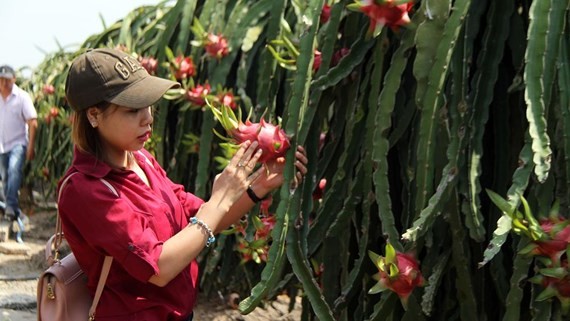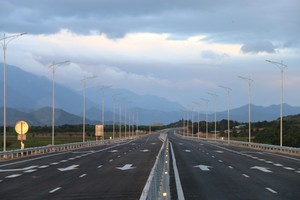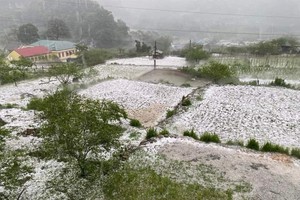
Prerequisite: Breed
At the seminar "Model of commercialization of high quality fruit varieties - Road for high quality dragon fruit in Vietnam" organized by New Zealand Embassy and Ministry of Agriculture and Rural Development, Dr. Tran Thi Oanh Yen, Deputy Director of SOFRI, said that the 3 varieties of dragon fruit to be produced commercially by the end of 2020 are red flesh dragon fruit, white flesh and pink flesh dragon fruit. The above varieties are more sweet and dense compared to older varieties.
These varieties are not only of higher quality and yield but can also resist to brown spot disease. This disease resistance makes the fruit easier to export without the use of pesticides. These new varieties will be copyrighted domestically and internationally. It is expected that by the end of 2020 the project will go into production of the new varieties for commercialization.
Ms. Wendy Matthews, the New Zealand Ambassador in Vietnam, stressed that promoting investment can help the fruit industry thrive among a highly competitive international market. A thorough success, however, depends heavily on the effective protection and exploitation of relating intellectual properties. Each stage in the product value chain must be perfect, in which copyright is a prerequisite for long-term success in the fruit business.
When it comes to dragon fruits, Vietnam has a clear advantage. Export turnover of dragon fruits accounted for more than 36% at US$1.2 billion out of the US$3.2 billion of fruit exports in 2018. Planting areas have increased rapidly from over 10,000 ha in 2010 to 54,000 ha in 2018, outputing over 1 million tons. Dragon fruit are mainly farmed in Binh Thuan, Long An and Tien Giang provinces, and continueing to be grown in other provinces.
When she was the Chairman of Vietnam Fruit Association (now Vietnam Fruit and Vegetable Association - Vinafruit), Dr. Vo Mai saw the above advantages and suggested making dragon fruit the national fruit of Vietnam.
Controlled production and commercialization
According to Dr. Michael Lay - Yee from PFR, the project, which includes the development of improved dragon fruit cultivation and brown spot control, are conducted in Long An, Tien Giang, Vinh Long, Tra Vinh and Binh Thuan provinces. Here, T-shaped crops are utilized instead of traditional concrete pillars. This way of growing helps workers greatly in caring and pruning the trees, and managing diseases. At the same time, it helps uniform fruit size, yields 2 - 3 times higher than traditional planting, produces more grade-1 fruit, and is easier to mechanize. To improve post-harvest capacity, the temperature and air circulation in the cold storage system as well as during packaging and post-harvest storage are monitored closely. Scientists from both Vietnam and New Zealand has created automatic hydraulic sprayers, increasing the effectiveness in cleaning and dealing with fungus without damaging the fruit.
From their experience, New Zealand experts recommend that the new varieties are grown in a controlled manner. The examples of New Zealand’s Zespri kiwi fruit, Envy or Jazz apples show that the success of controlled production is supported by marketing programs backed by smooth coordination between parties. Ms. Wendy Matthews stressed that there is no shortcut to long-term success. It requires total support from the Government and closely maintaining the elements in the value chain.
























